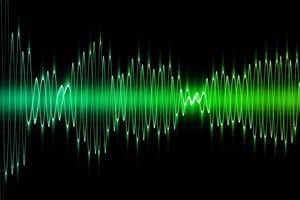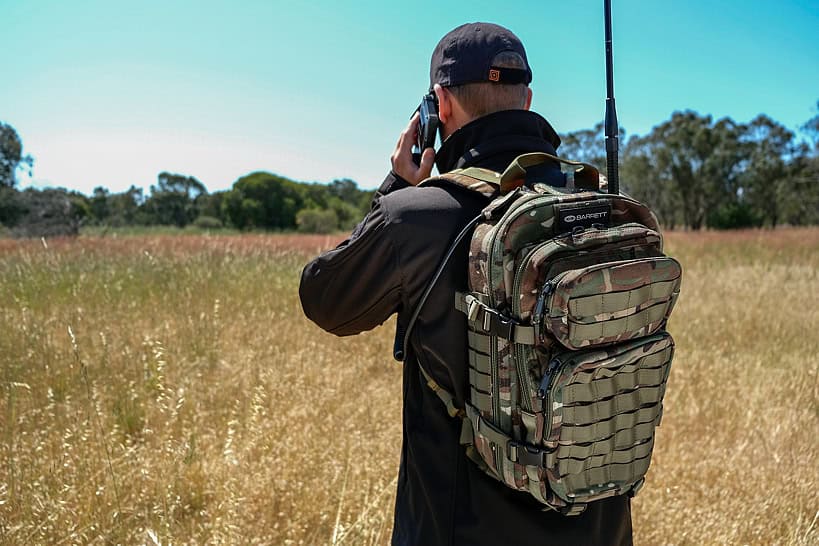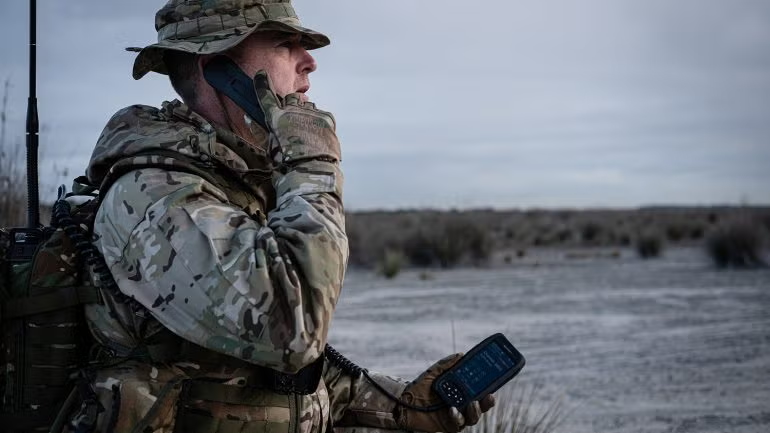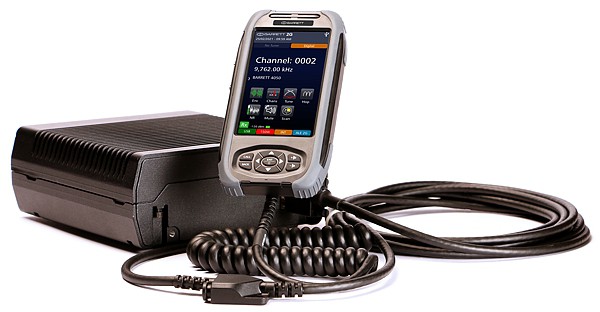What is Frequency?
What is Frequency?

Learn what Frequency is and discover the practical applications of different frequencies.
The world of radio frequency (RF) communication is vast, with a spectrum of frequencies that have unique characteristics and applications. This article explores the range of frequencies on the RF spectrum chart, from very low to extremely high and when each frequency is most suitable.
Let’s dive in and explore RF frequencies and their intended applications.
Understanding Frequency
Frequency refers to the number of oscillations or cycles a wave completes per second. In simpler terms, frequency measures how fast a wave vibrates or repeats its pattern. It plays a crucial role in determining the characteristics and applications of radio waves.
In the context of radio waves, frequency is typically measured in Hertz (Hz). One Hertz represents one cycle per second. One cycle determines the wavelength, or the distance between consecutive crests of a radio wave. Higher frequencies have shorter wavelengths, while lower frequencies have longer wavelengths.
The FCC’s Role in Radio Frequencies
The Federal Communications Commission (FCC) is critical in regulating radio frequencies in the United States. It allocates and manages the use of the radio frequency spectrum to ensure efficient and interference-free communication. The FCC sets rules and standards for frequency allocation, licensing and usage, promoting fair and orderly access to the spectrum.
RF frequencies and their applications
Let’s explore some of the most common applications of RF frequencies:
Very Low Frequency (VLF)
At the lower end of the RF spectrum, we find VLF waves. VLF signals have frequencies ranging from 3 to 30 kHz. These waves can penetrate solid objects and travel long distances, making them ideal for submarine communication and navigational systems.
Low Frequency (LF)
Moving up the spectrum, we encounter LF waves with frequencies ranging from 30 to 300 kHz. LF waves are known for their ability to propagate over large distances and through various obstacles, making them suitable for long-range communication, such as AM radio broadcasting and some navigation systems.
Medium Frequency (MF)
We find MF waves spanning 300 to 3000 kHz in the middle range of the RF spectrum. MF waves have relatively sound ground-wave propagation and are commonly used for AM radio broadcasting, providing coverage over large geographic areas.
High Frequency (HF)
Stepping further up the spectrum, we arrive at HF waves ranging from 3 to 30 MHz. HF signals exhibit a unique property called sky-wave propagation, allowing them to bounce off the ionosphere and reach far beyond the line of sight. HF frequencies are widely used for international broadcasting, long-distance communication and amateur radio.
Very High Frequency (VHF)
Continuing our journey, we encounter VHF waves, ranging from 30 to 300 MHz. VHF signals have excellent line-of-sight propagation, making them suitable for a variety of applications, including FM radio broadcasting, television broadcasting, air traffic control and two-way radio communication.
Ultra-High Frequency (UHF)
Moving higher up the spectrum, we reach UHF waves spanning from 300 to 3000 MHz. UHF frequencies are commonly used for terrestrial television broadcasting, cellular networks, wireless data transmission and various radio communication systems.
Super High Frequency (SHF)
As we climb higher, we encounter SHF waves, ranging from 3 to 30 GHz. SHF frequencies find applications in satellite communication, microwave ovens, wireless local area networks (WLANs) and some radar systems.
Extremely High Frequency (EHF)
Finally, at the upper end of the RF spectrum, we reach Extremely High Frequency (EHF) waves, with frequencies ranging from 30 to 300 GHz. EHF signals have short wavelengths and are used in applications such as millimetre-wave radar, high-speed wireless data transmission and research and scientific purposes.
The RF Spectrum Chart
The RF spectrum chart plays a crucial role in categorising frequencies and their applications, serving as a valuable tool for understanding different frequency bands. Specifically, the AU Spectrum Allocation Chart is widely recognised for displaying the frequency allocations in Australia. Accessing this chart becomes instrumental in designing and planning radio communication systems.
Contact Barrett Communications today to learn more about our offerings and how we can help you achieve seamless and reliable wireless communication in your specific industry or application.







